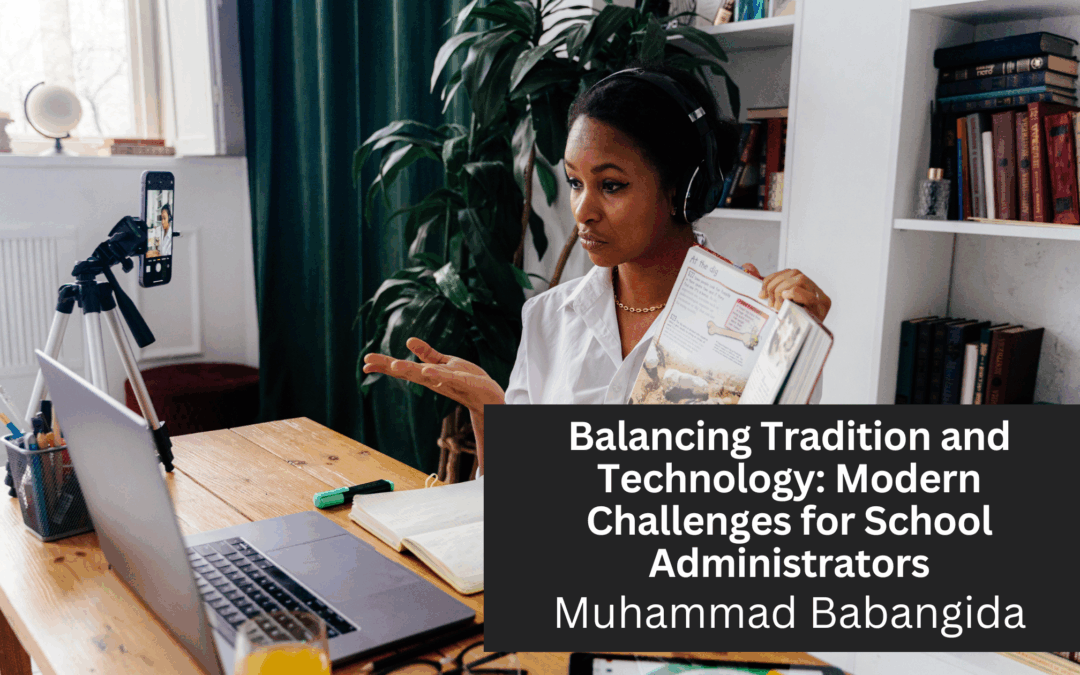In today’s fast-evolving educational landscape, school administrators face a unique balancing act: preserving the traditions that give schools their identity while embracing the technology that prepares students for the future. This tension creates both opportunities and challenges, demanding thoughtful leadership to ensure schools remain both relevant and rooted.
Honoring Educational Traditions
Traditions are the backbone of a school community. From morning assemblies and annual events to long-standing teaching practices, they instill continuity and a sense of belonging. Parents and alumni often value these customs as anchors of identity. Administrators must recognize the emotional and cultural weight of tradition, ensuring that innovation doesn’t come at the cost of connection.
Embracing Technological Innovation
At the same time, technology has become integral to learning. From smart classrooms and AI-driven tools to digital collaboration platforms, schools are rethinking how knowledge is delivered and accessed. Administrators face the challenge of integrating these advancements without overwhelming faculty or alienating families who may worry about too much screen time. Successful adoption means selecting tools that enhance—not replace—the human element of teaching.
Bridging Generational Expectations
Administrators often find themselves navigating differing expectations. Parents may prefer traditional approaches, while students thrive in digital-first environments. Teachers may range from tech-savvy innovators to those who feel cautious about new methods. The role of administrators is to build consensus, offering training, communication, and reassurance so that everyone feels supported through change.
Equity and Access
Another modern challenge lies in ensuring fair access to technology. Not all students have the same resources at home, which can widen gaps in learning. Administrators must advocate for policies and partnerships that provide devices, reliable internet, and digital literacy skills to all students. In doing so, they protect equity while fostering innovation.
Creating a Hybrid Culture
The ultimate goal isn’t to choose between tradition and technology, but to weave them together into a hybrid model. Schools can keep cherished events alive while streaming them online for global families. Teachers can blend classic storytelling with digital research tools. This balance respects heritage while preparing students for a tech-driven future.
Conclusion
School administrators today stand at the crossroads of tradition and technology. Their challenge is not to favor one over the other but to harmonize both in ways that nurture identity, equity, and progress. By leading with vision and adaptability, administrators can ensure schools honor their past while boldly stepping into the future.
